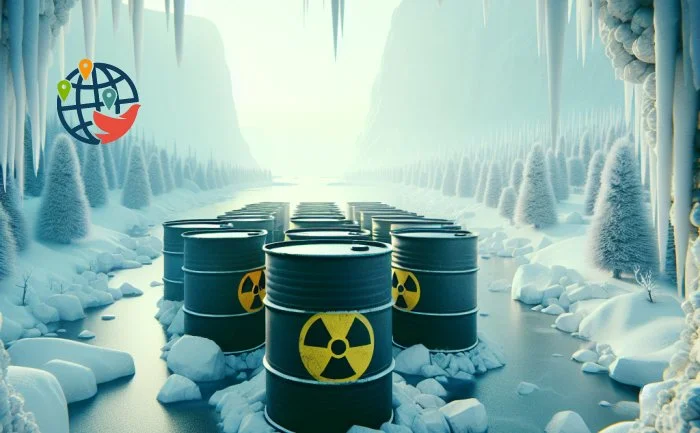Canada will choose a site for nuclear waste disposal in the new year

Communities must agree to this voluntarily.
In 2024, Canada will have to address the issue of burying nuclear waste underground. According to the plan, the Nuclear Waste Management Organization will agree on the location where spent nuclear fuel will be placed: in a network of caves connected by tunnels. The depth of burial will be phenomenal — equivalent to the height of Canada's CN Tower (555 meters). The only white spot in this elaborate plan is the location. The authorities have two locations in mind, but residents of nearby communities must give their voluntary consent.
Voting
Both sites are located in the province of Ontario. One in the northwest near Lake Wabigoon, the other in the south near the Saugeen River and the town of South Bruce. Municipalities and Indigenous peoples plan to vote next year.
The process of creating a deep geologic repository has been ongoing for more than 20 years, and about CA$ 26 billion has already been allocated for the project. However, the final decision requires the consent of the communities, which will or will not be obtained through referendums.
Pros and cons
Both the municipality and the indigenous peoples in the vicinity of any of the proposed sites must confirm their willingness to host the repository. South Bruce plans to hold a referendum late next year. The mayor sees great potential for direct and indirect job creation if the repository is located there.
However, eco-activists from a freshwater advocacy group are opposed. Not far from South Bruce is Walkerton, where in 2000 seven people died and thousands became ill after drinking contaminated water.
"Ultimately, if both areas say no, then we have to start over — and by we I mean Canada," said Lise Morton, vice president of site selection.
Engineers of the project promise that the design is quite safe. In the planned storage facility, radioactive materials will be under multiple layers of protection, and for contamination to occur, "everything has to fail".
Obtaining regulatory approvals would take about 10 years and construction would take about another 10 years. Spent fuel will be loaded for about 50-60 years, and then it will enter an "extended monitoring" phase that will last about 70 years.

















